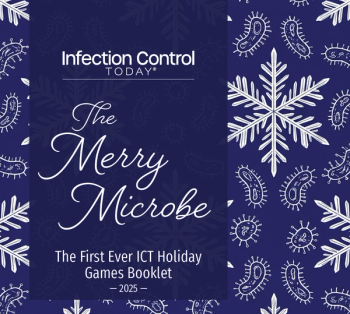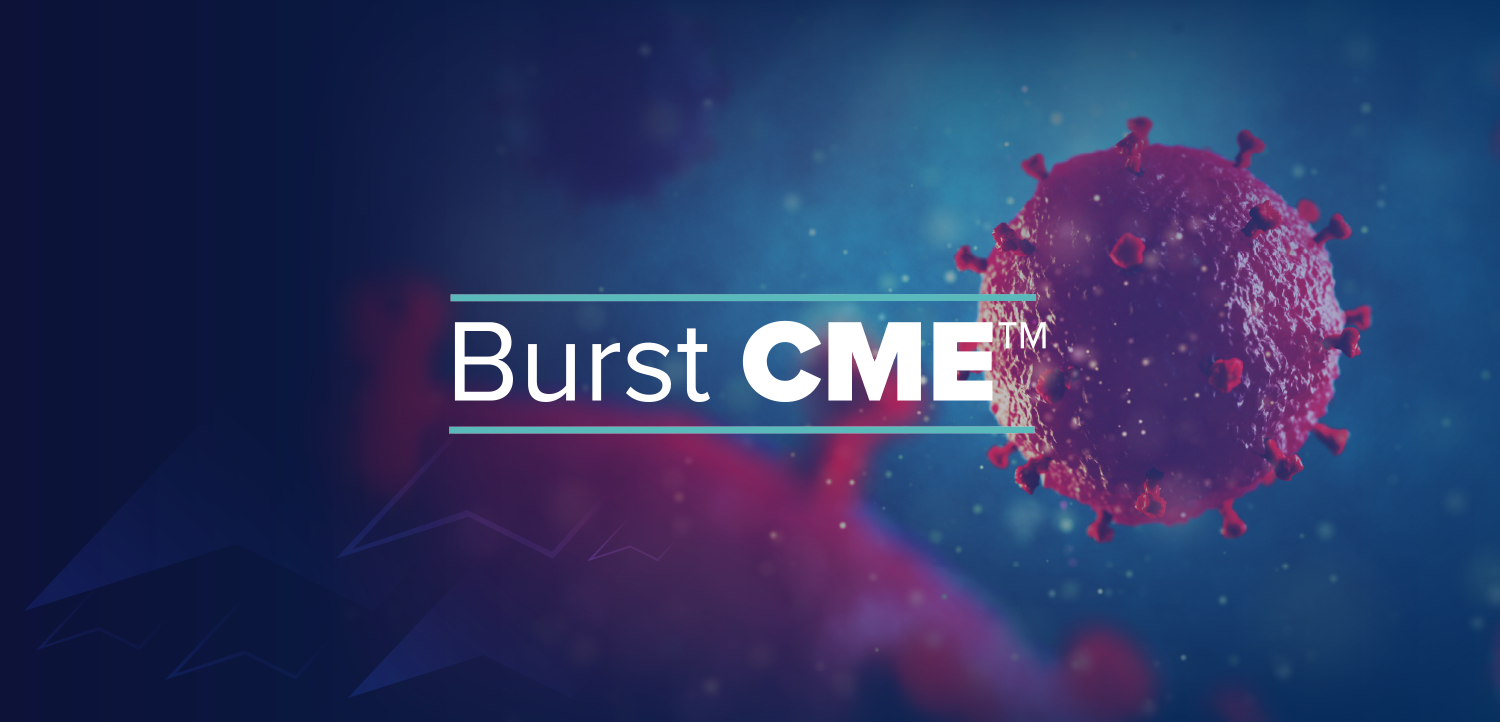
UBC Invention Uses Bacteria to Purify Water
A University of British Columbia-developed system that uses bacteria to turn non-potable water into drinking water will be tested next week in West Vancouver prior to being installed in remote communities in Canada and beyond. The system consists of tanks of fiber membranes that catch and hold contaminants--dirt, organic particles, bacteria and viruses--while letting water filter through. A community of beneficial bacteria, or biofilm, functions as the second line of defense, working in concert to break down pollutants.
University of British Columbia (UBC) civil engineering professor Pierre Bérubé (left) and his graduate student Lukas Dössegger. Courtesy of Clare Kiernan/University of British Columbia
A University of British Columbia-developed system that uses bacteria to turn non-potable water into drinking water will be tested next week in West Vancouver prior to being installed in remote communities in Canada and beyond. The system consists of tanks of fiber membranes that catch and hold contaminants--dirt, organic particles, bacteria and viruses--while letting water filter through. A community of beneficial bacteria, or biofilm, functions as the second line of defense, working in concert to break down pollutants.
"Membrane treatment can remove over 99.99 per cent of contaminants, making them ideal for making drinking water," said project lead Pierre Bérubé, a UBC civil engineering professor who developed the system with support from the federally funded Canada-India research organization IC-IMPACTS.
Membrane water treatment is not new, but Bérubé says the modifications developed by his team, described recently in Water Research, produce an even more effective solution.
"Our system is the first to use gravity to scour and remove captured contaminants, which otherwise accumulate and clog the membrane. It's low-maintenance and as efficient as conventional approaches that need chemicals and complex mechanical systems to keep the membranes clean," said Bérubé. "The biofilm also helps by essentially eating away at the captured contaminants. You just open and close a few valves every 24 hours in order to 'lift' the water and let gravity and biology do their thing. This means significant savings in time and money over the lifetime of the system."
West Vancouver was chosen for pilot testing because of its proximity, but the eventual goal is to install similar systems for communities where clean drinking water is hard to come by.
"Access to clean drinking water is a constant challenge for millions of people around the world. Our goal is to provide a model for low-cost, effective water treatment for communities, and to help locals help themselves as they build, operate and even expand their water treatment plants," said Bérubé.
Source: University of British Columbia
Newsletter
Stay prepared and protected with Infection Control Today's newsletter, delivering essential updates, best practices, and expert insights for infection preventionists.






